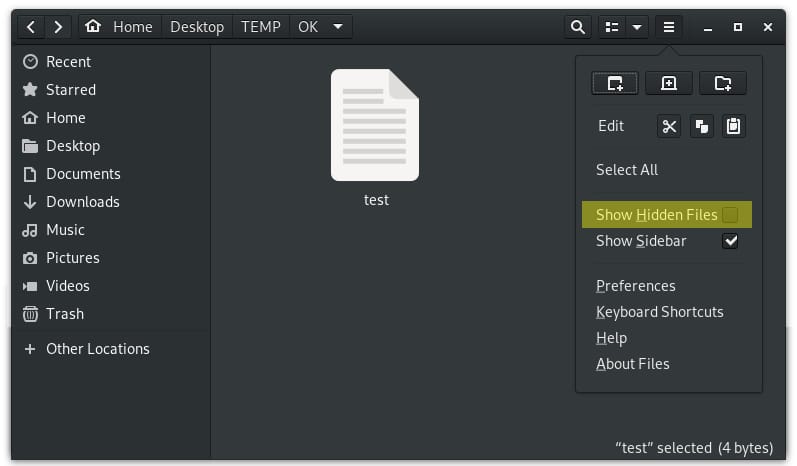

Size of the file is very difficult to read when displayed in terms of byte. This command will show you the file sizes in human readable format. It will show the list in a long list format. The (ls -a) command will enlist the whole list of the current directory including the hidden files. (dot) symbol and they are not visible in the regular directory. It inspects the Unix file extension, permission, and type and utilizes its database to manage colors controlled using dircolors.īelow, you can see, after entering ls command, we got the whole content list of /home/sssit directory. It inspects only the Unix file permission and type and utilizes the termcap database.

It is an area in which implementations differ: It is possible to display different items with different types of colors. A few implementations add extra flags to permissions. If the changed date is older than six months, the time is substituted with the year. It shows Unix file types, number of hard links, permissions, group, owner, last modified name and date-time, and size.

However, implemented in many systems, e.g., Solaris 9 in 2002, FreeBSD 4.5 in 2002, and GNU coreutils in 1997. This option is not a component of the POSIX standard.
-h: It shows result sizes in a human readable format (for example, 2G 234M, 1K, etc.). File names explicitly specified are listed always. The "." directory is known as the working directory, and the "." symbol is known as its parent directory. Names beginning with the "." symbol are hidden. The arguments might include directories and files. In that directory, the files are listed if a directory is mentioned. ls lists several files inside the working directory when used without arguments. Unix-like and Unix operating systems manage the thought of a working directory. It was acquired into the POSIX.1 first version and the Single Unix Specification. ls is a component of the X/Open Portability Guide from issue 2 of 1987. Brief History of lsĪn ls utility occurred in the AT&T UNIX first version, the title acquired from the same command in Multics also titled 'ls', an acronym for the "list" term. We can check the documentation given by the command for suitable options and usage. The different implementations include different options, as with almost every utility. In several other environments like Microsoft Windows, OS2, and DOS, the same functionality is given by the dir command. The numerical computing environments GNU Octave and MATLAB contain an ls function with the same functionality. It's available inside the EFI shell, as a component of the UnxUtils group of native Win32 ports of basic GNU Unix-like utilities as an isolated package for Microsoft Windows, or as a component of the MSX-DOS2 Tools of ASCII for MSX-DOS version 2. It is developed by the Single Unix Specification and POSIX. Ls is a command used to list computer directories and files in Unix-like and Unix operating systems. LIST HIDDEN FILES LINUX DATE CHANGED FULL
It will show the full list or content of your directory.







 0 kommentar(er)
0 kommentar(er)
